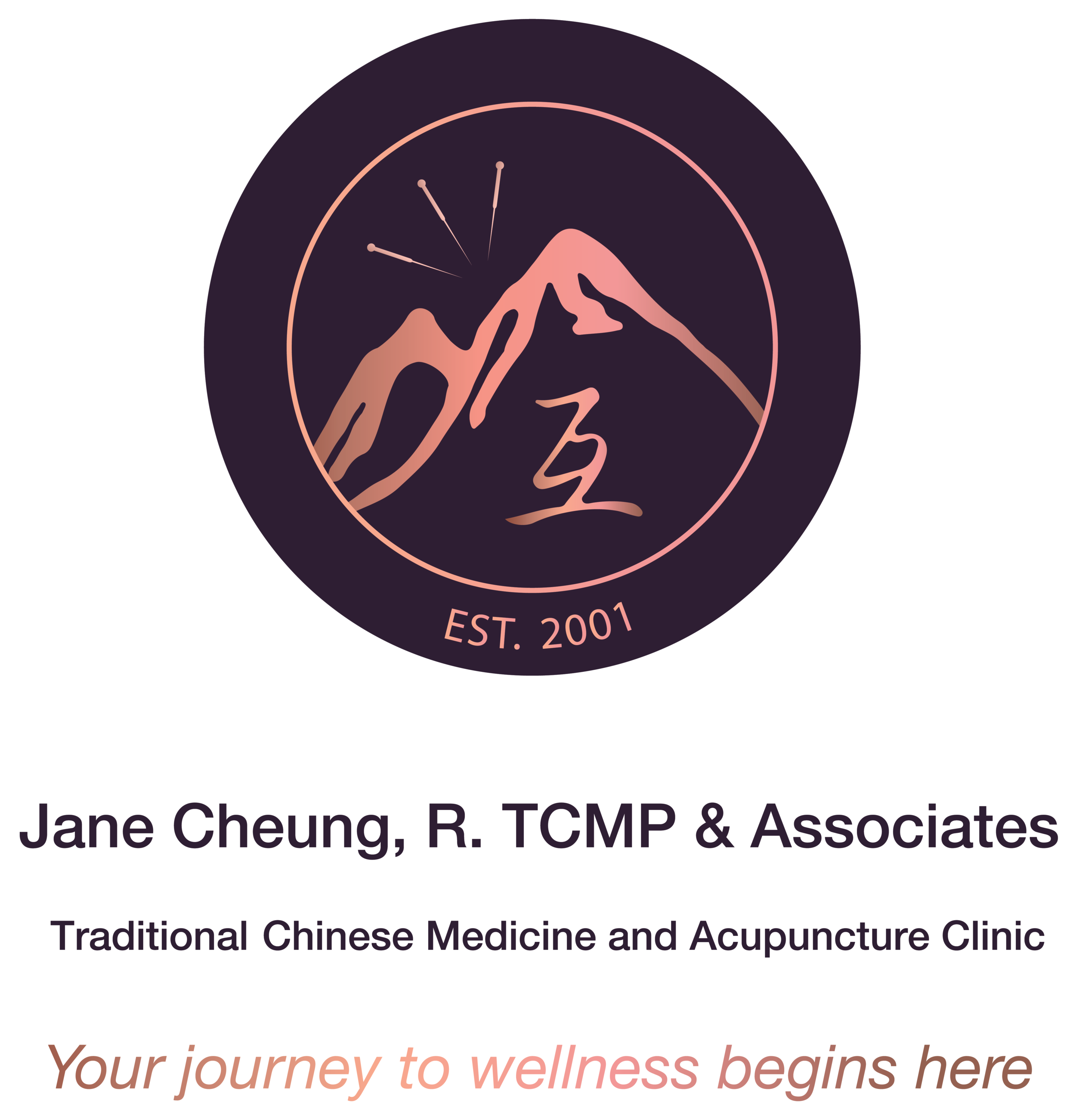Good Point to Massage Now
In TCM, there is a principle to “treat winter diseases in the summer” (冬病夏治). Many seasonal conditions are kept in latency in the body. Conditions that are provoked in the winter season is best to treat during the summer as a preventative measure and reducing the severity at the next cycle. So book your next appointment soon with us!
Yongquan (K-1) is one of the many points that we recommend for our patients this summer.
Location: On the sole, with the foot in plantar flexion, this point is in the depression between the 2nd and 3rd metatarsal bones, approximately at the junction of the anterior 1/3 and posterior 2/3 of the line connecting the base of the 2nd and 3rd toes and the heel.
Yongquan is the first point on the kidney meridian, a wood point, and one of the source of the Chong Mai (deals with connecting to our epigenetics). In ancient classical texts, Yongquan is also known as the grandmaster of consciousness where it binds closest to the earth's energy. In clinical practice, we would recommend to our patients to use this point in the summer to help navigate stress in the winter. It also nourishes both the yin and yang of the body, as well as the Chong Mai.
Since this point connects us to a hidden part of our consciousness, Yongquan point should be treated with respect. Massage the point with your thumbs until you feel the tension is released. This point can be quite tender for most people.
Research Resources
This acupressure point has a useful relaxing effect and can be used at any time during labour. Youtube Video
Effects of Acupoint Electro-stimulation on Preventing Nausea and Vomiting Induced by Cisplatin or Oxaliplatin. Article
These researchers believe that acupuncture at the Yongquan acupoints may increase synaptic activity in some areas of the brain. The putamen, cingulate cortex, frontal lobe and cerebellum are involved in conscious thought. This may explain the mechanism by which acupuncture at the Yongquan acupoints results in improvement of patients with DOC. These finding have been published in the Neural Regeneration Research (Vol. 9, No. 5, 2014). Article
